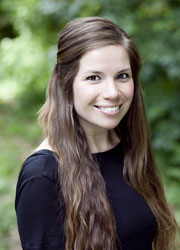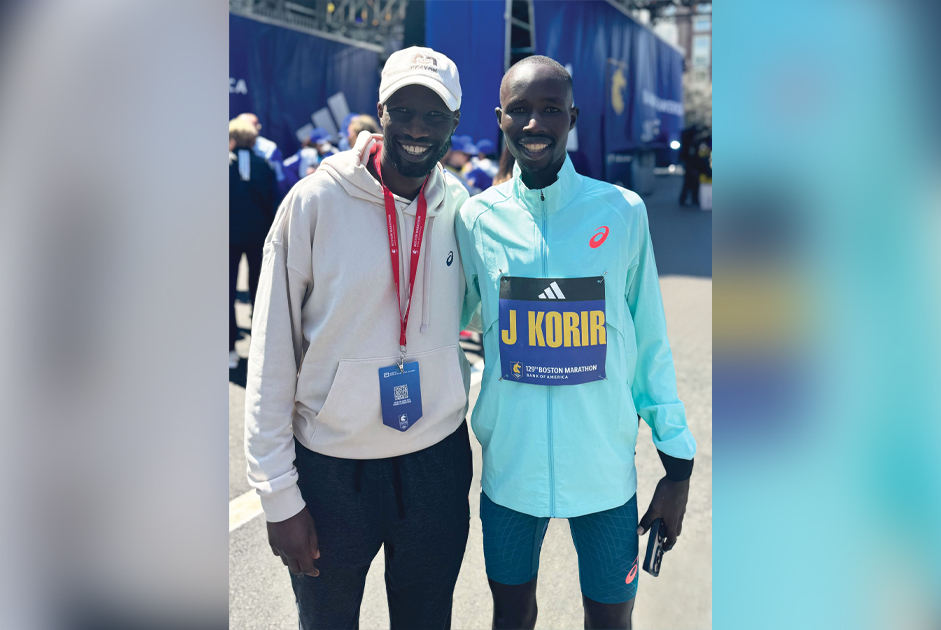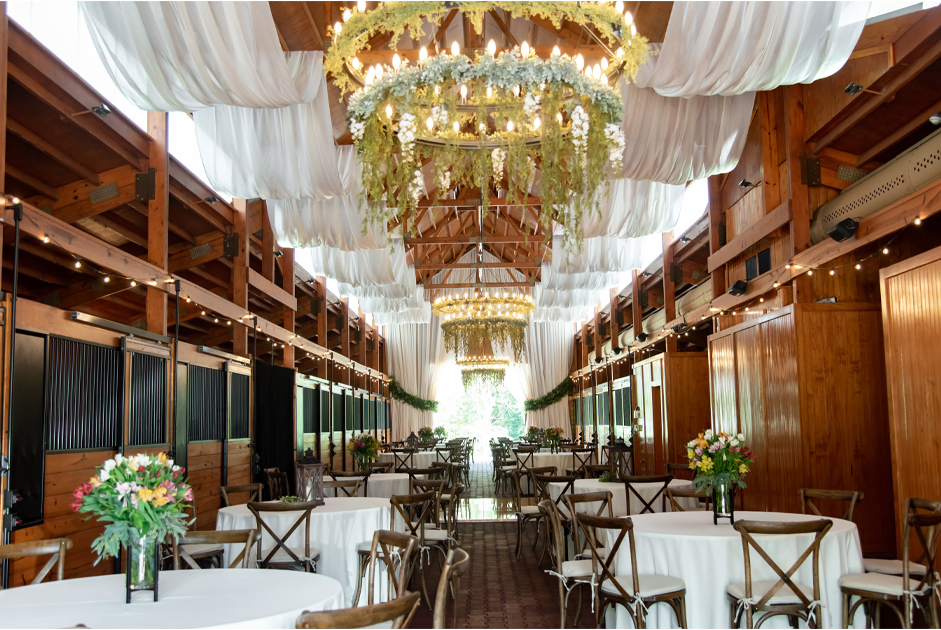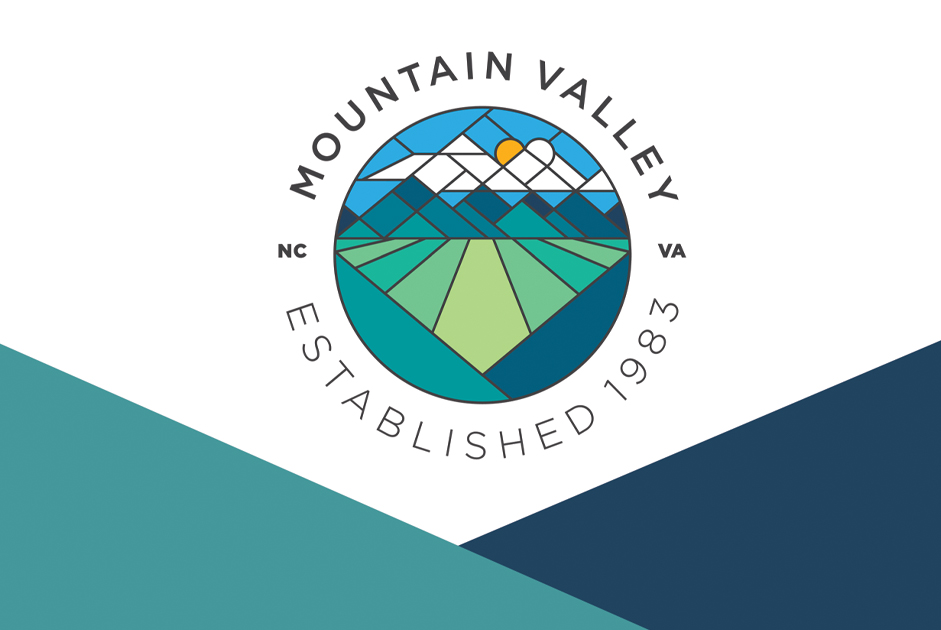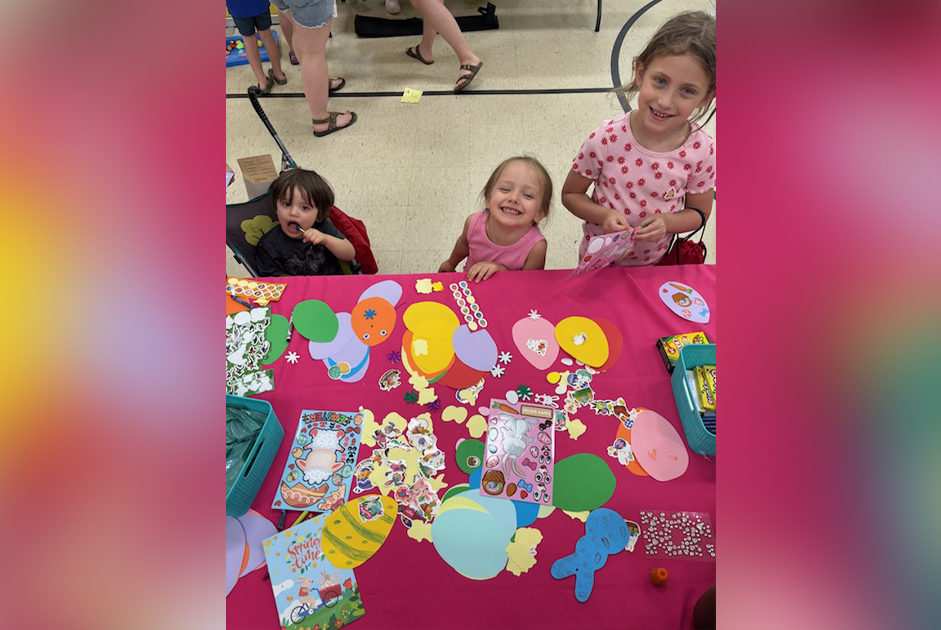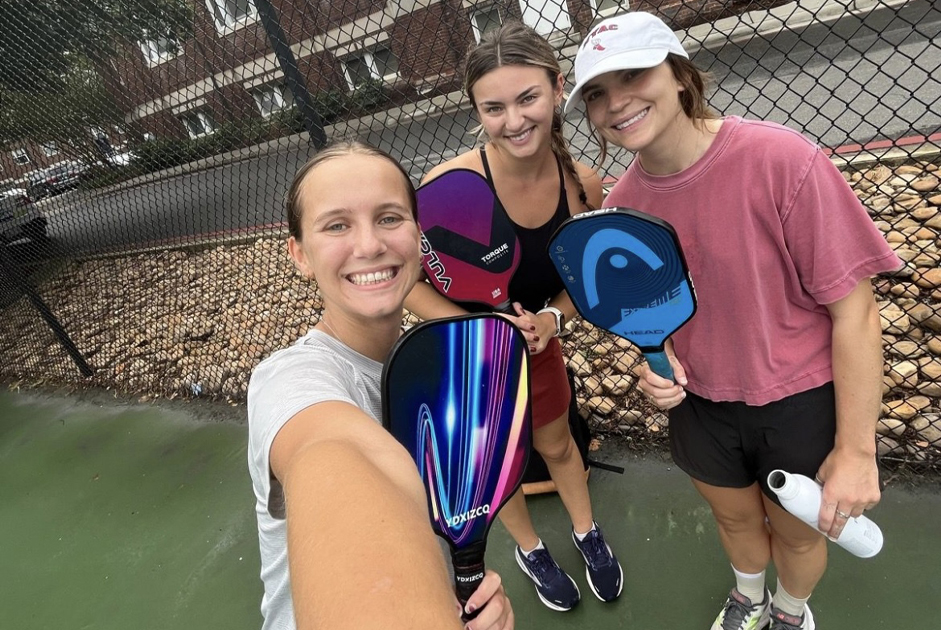National Hispanic Heritage Month began in 1968, as a weeklong observance recognizing Hispanic culture. The event quickly expanded to a month-long celebration in 1988 by Congress. California Congressman George E. Brown recognized the contributions that the Latinx (also known as Latino) community gained throughout the 1960s, when the Civil Rights movement was at its peak. The congressman, who represented East Los Angeles and a large portion of the San Gabriel Valley—both heavily populated by members of the Hispanic and Latinx communities—recognized the vital role played by those communities throughout American history.
The observance starts officially on September 15th each year and carries on through October 15th. It starts in the middle of the month, rather than the beginning, because that date coincides with the national independence days of multiple Latin American countries. A few of these include Guatemala, Honduras, El Salvador, Nicaragua, and Costa Rica, which all celebrate their independence on Sept. 15th. This is then followed by Mexico, celebrating theirs on Sept. 16th, Chile on Sept. 18th and finally Belize on Sept 21st. While these countries are specifically located in Latin America, the celebration also recognizes the culture and lifestyle of their neighboring South American countries.
Understanding the Term “Hispanic”
The term “Hispanic” refers to a person’s culture or origin—regardless of race. In other words, it can reference a person who is from, or a descendant of someone who is from, a Spanish-speaking country. A Latino/a or Latinx refers to a person who is from, or a descendant of someone who is from specifically a country in Latin America.
For example, I am half Peruvian since my mother was born and raised in Peru. However, I had a Caucasian father. Since I identified strongly with my mother’s culture growing up, I labeled myself as “Hispanic” throughout my childhood. (This is despite only being “half” of this race.) On a 2020 Census form, people were counted as Hispanic or Latino or Spanish if they could identify as having Mexican, Mexican American, Chicano, Puerto Rican, Cuban, or “another Hispanic, Latino, or Spanish origin.”
Hispanics in the US
According to the article, “Key facts about U.S. Latinos for National Hispanic Heritage Month,” in the United States alone, the Hispanic population has grown exponentially, reaching 60.6 million in 2019. This is up from 50.7 million in 2010. These statistics prove that Hispanics are the nation’s second fastest growing racial or ethnic group after Asian Americans. “Hispanics alone made up 18% of the U.S. population in 2019, up from 16% in 2010 and just 5% in 1970,” the article states. Most incredible is that four out of five Latinos are U.S. citizens, contrary to the popular assumption that many are here illegally.
Celebrating the Hispanic Culture
With numbers like these, you can see that this demographic is a great part of the overall culture of the United States. However, there are other reasons why we all should take a moment to celebrate Hispanic culture and its lifestyle. For example, it is ingrained in a great deal of what this nation experiences day to day. If you turn on the radio and enjoy a specific salsa rhythm, we can thank our Latin American countries for this. If you are enjoying a new recipe featuring a particular spice like Aji, you can also thank our Hispanic friends. Hispanics and their culture thrive throughout so many of our communities, again making it vital to recognize, yet also understand, more about their heritage.
Explore and Learn
This September, explore and learn more about Hispanic culture and the greater Latinx community. During this month, as well as throughout the year, the National Park Service will share the history, heritage, and accomplishments of Hispanic and Latino Americans of past and present on their website. The group will also feature events both in their various parks as well as online featuring information about Hispanic culture. Experience the excitement firsthand by attending the 2021 “Fiesta,” hosted by the Hispanic League of Winston-Salem. This event will be held on September 9th and 10th in downtown Winston-Salem and is free to attendees.

